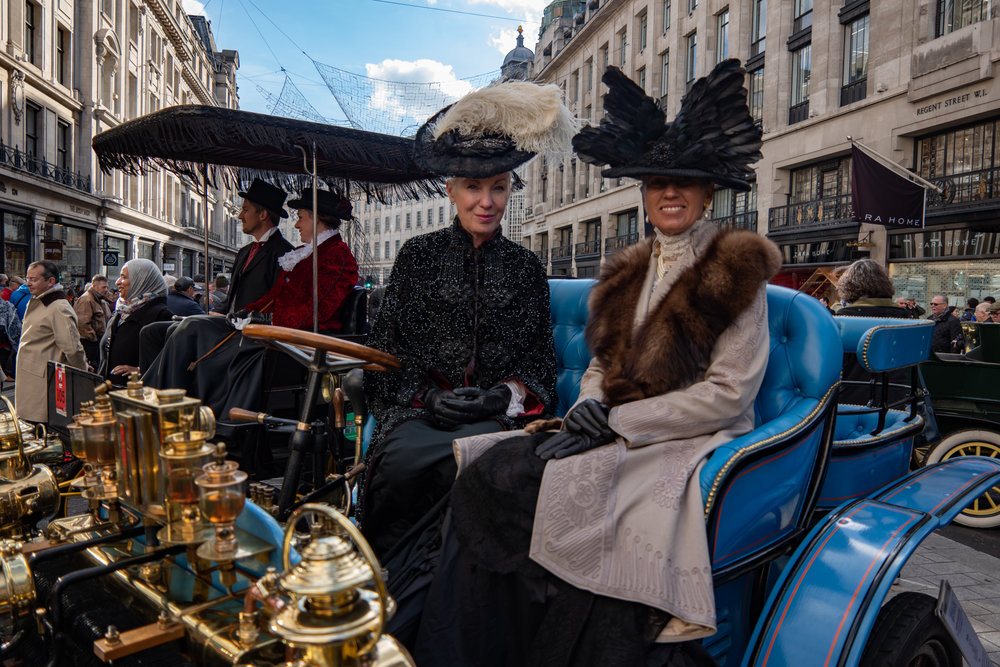
The “kit” 18-56mm Vario-Elmar-TL zoom has been in my stable since I got my first Leica T. But to my shame I have not given it many an outings since the arrival of the CL. Instead, I have been more focused on the sexier 50mm Summilux-TL and the 23mm Summicron-TL, as well as the handy 18mm Elmarit pancake lens. Recently, spurred by correspondence on the qualities of the Leica X-Vario with a similar zoom lens, I have been using it more.

I use the word ‘kit’ because the 18-55mm (56mm in this instance) zoom is the workhorse of the APS-C DSLR starter market. It’s the lens, often built down to a price and with a plastic mount, that comes in many low-priced kits. As a result, the mere description of 18-55mm is something of a downer in many eyes. There is a perception that a medium-range zoom such as this is somehow inferior — it is often seen as the lens used by people who know no better. This is totally irrational, of course, and Leica’s offering in this segment gives the lie to the prejudice,
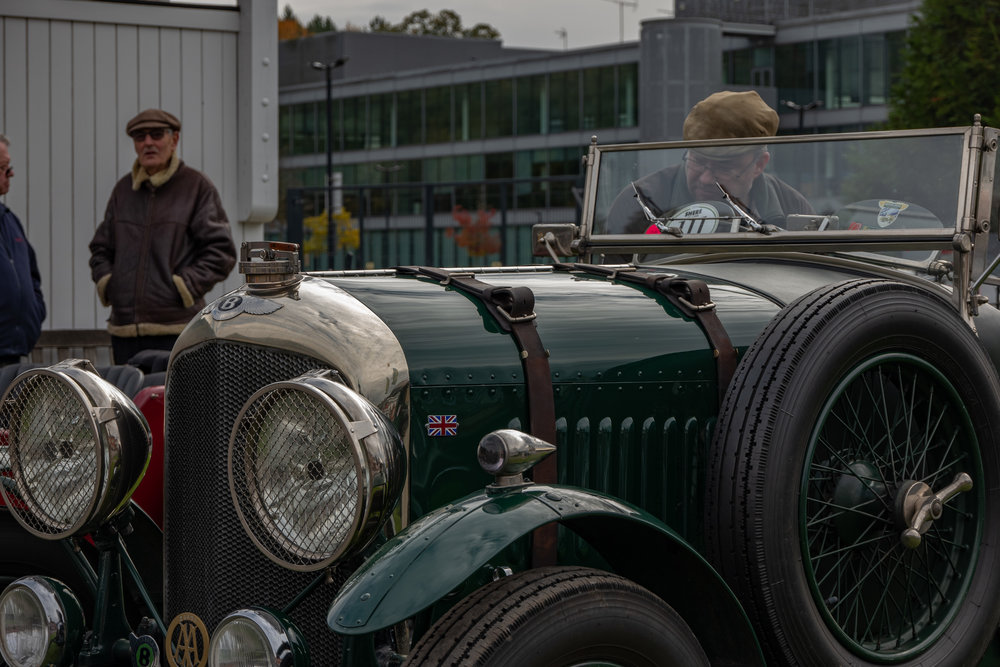
There are kit lenses at bargain-basement price and more expensive, much more competent zooms in this range. The Leica 18-56mm TL is one of those lenses that is different, as you might expect.

The full-frame equivalence of 28-85mm range of this lens offers a useful span of focal lengths without undue size or weight penalties. It weighs only 260g, is 58mm long at rest and, when mounted on the CL, produces an everyday combo weighing 670g (compared with the 710g of the Leica X Vario and viewfinder — but see below).
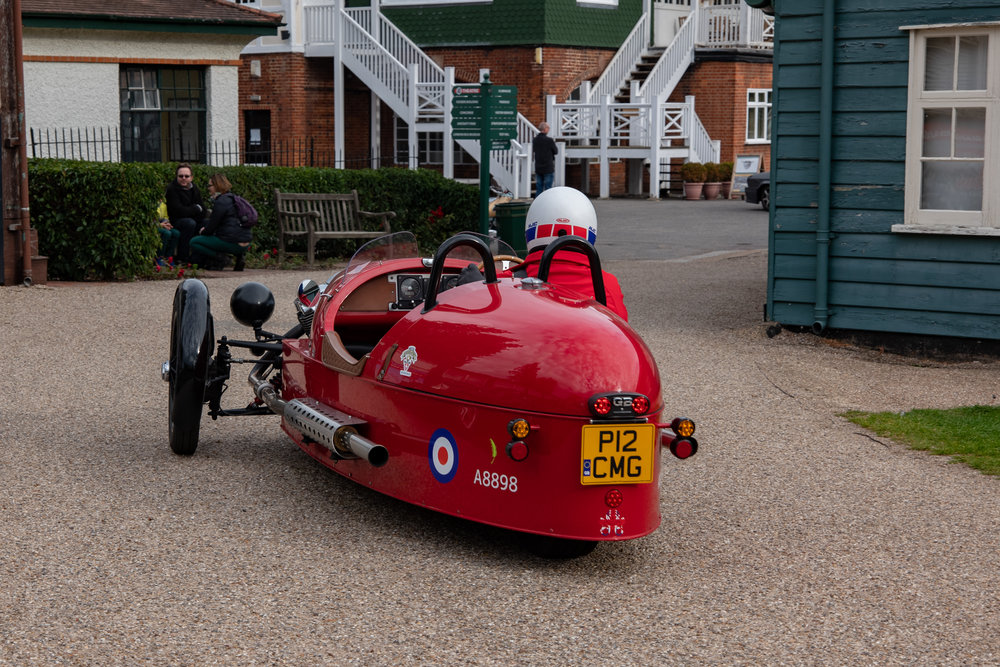
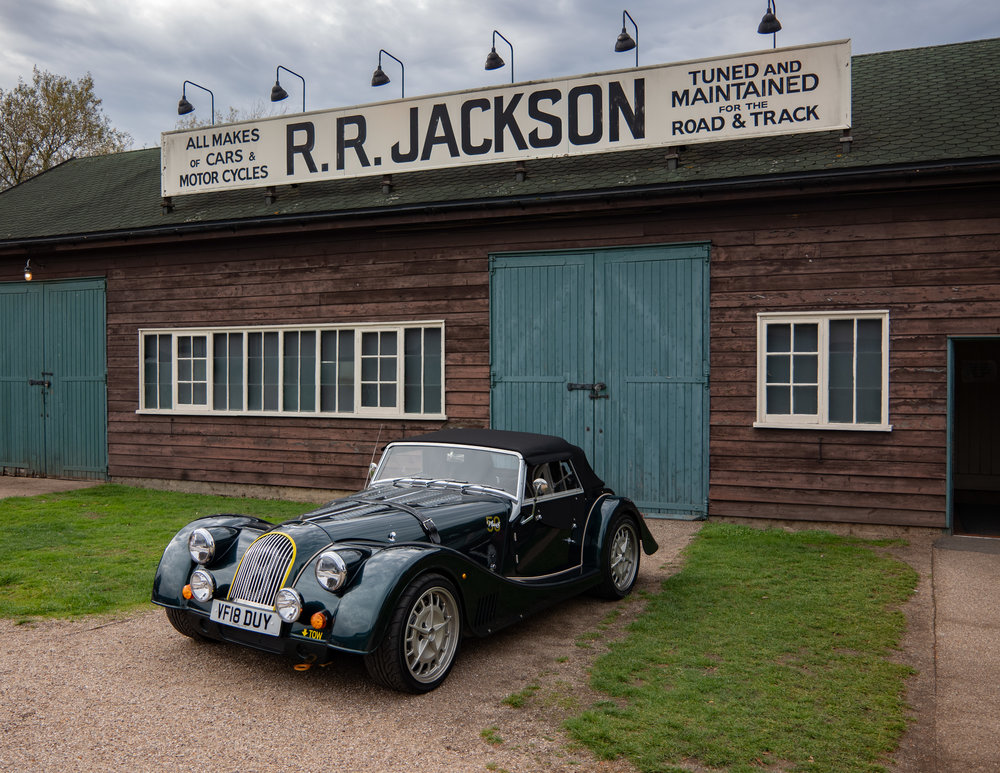
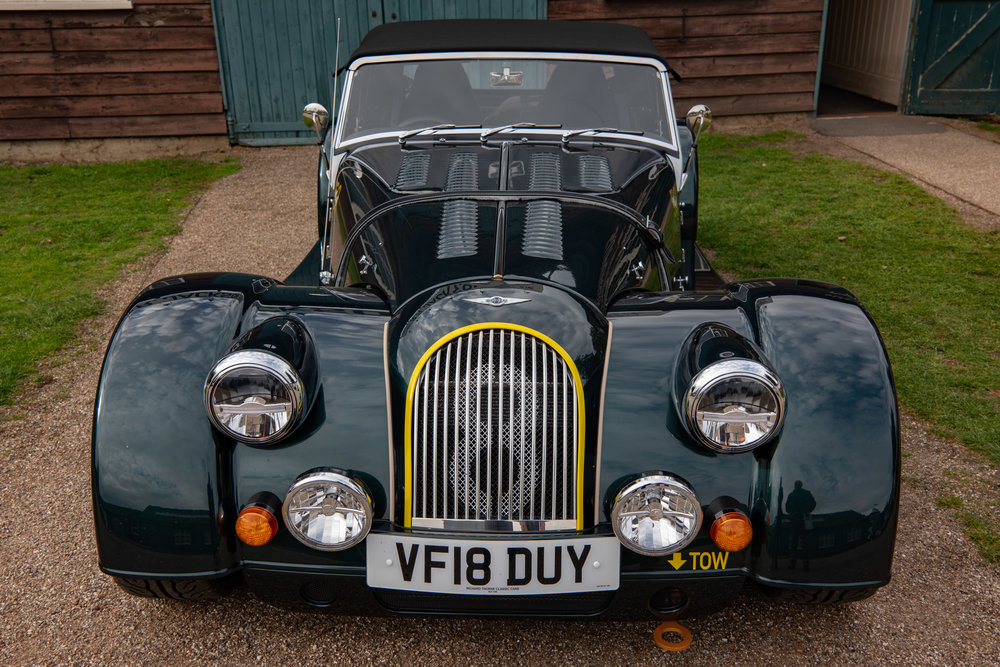
The focal-length range is, as I say, useful and acceptable but it isn’t ideal. These days I prefer 24-120mm which, to me, is the perfect carry around lens — seen at its best in the beautiful 12-60mm Leica DG lens for micro four-thirds. But the 18-56mm is a great performer within the restriction of its range. It’s light, small and produces sharp images with plenty of interest.
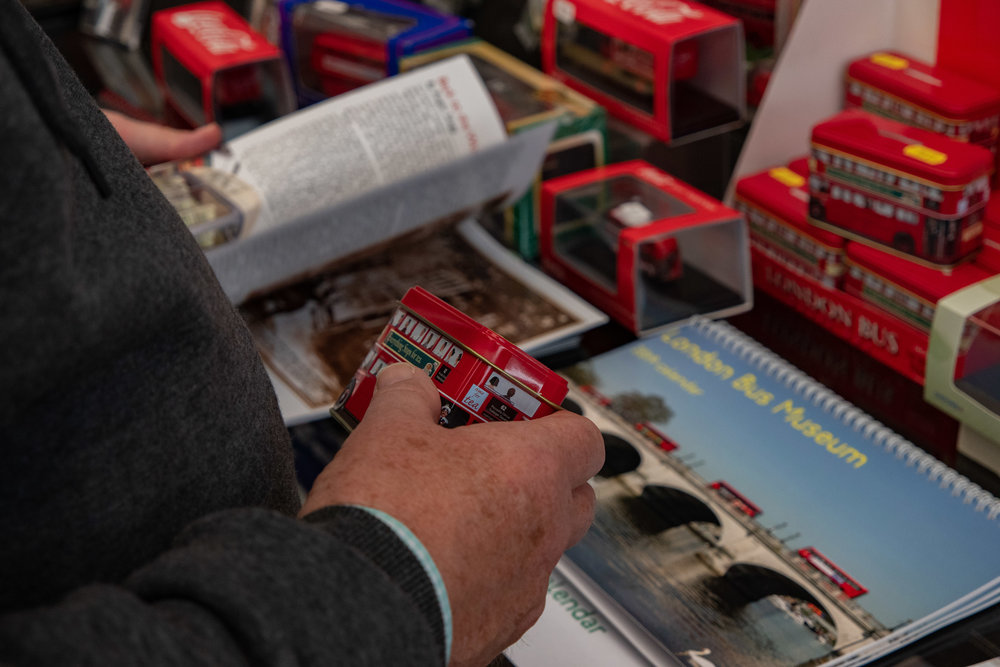
Like the stellar 18-46mm (28-70mm) fixed zoom of the Leica X Vario, the 18-56mm is considered slow. It has an aperture range of f/3.5 to f/5.6, slightly faster than the lens of the XV. If you liked the X Vario, you would like the CL combined with the 18-56mm Vario-Elmar. But, as with the X Vario, this perceived slowness is not a big issue. For most general photography it is ideal. And we have to bear in mind that a fixed f/2.8 zoom, or even an f/2.8-4.0 range, means more glass, more weight, more size. In designing the TL zooms, Leica contrived to offer great image quality in a lightweight package. And this means dealing with more modest apertures.
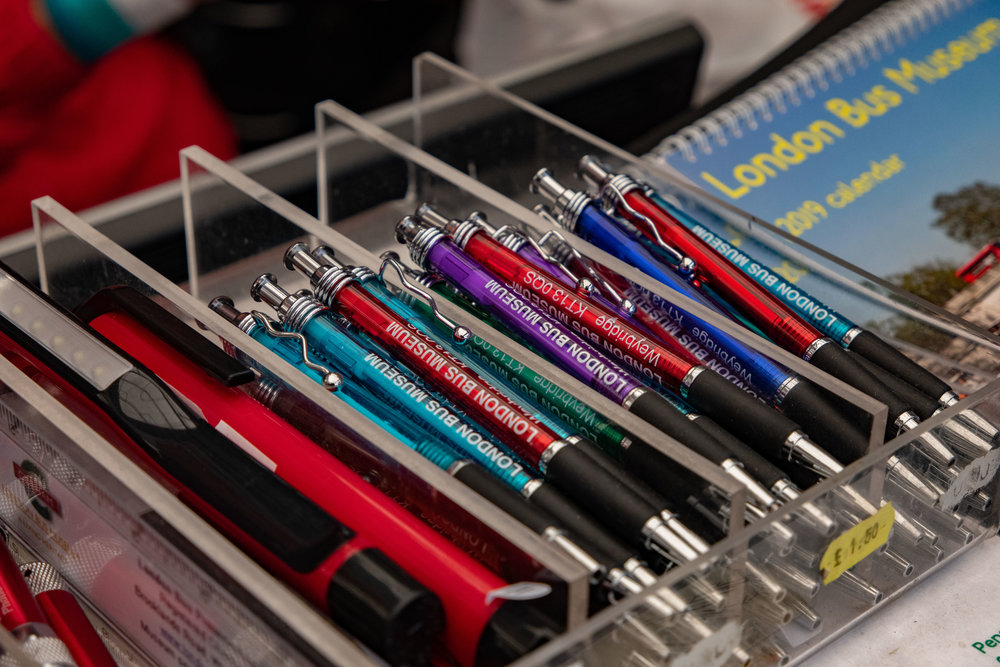
In practice, the CL and Vario-Elmar do precisely the same job as the X Vario. The CL has a denser sensor, 24MP instead of the 16MP of the X Vario, and sports a more modern electronic control layout. Aficionados of the simplicity of the X-series Leicas might not appreciate this change from clear, physical dials of the earlier cameras. But I continue to warm to the CL’s layout, with its twin soft dials and tiny info screen on the top plate.
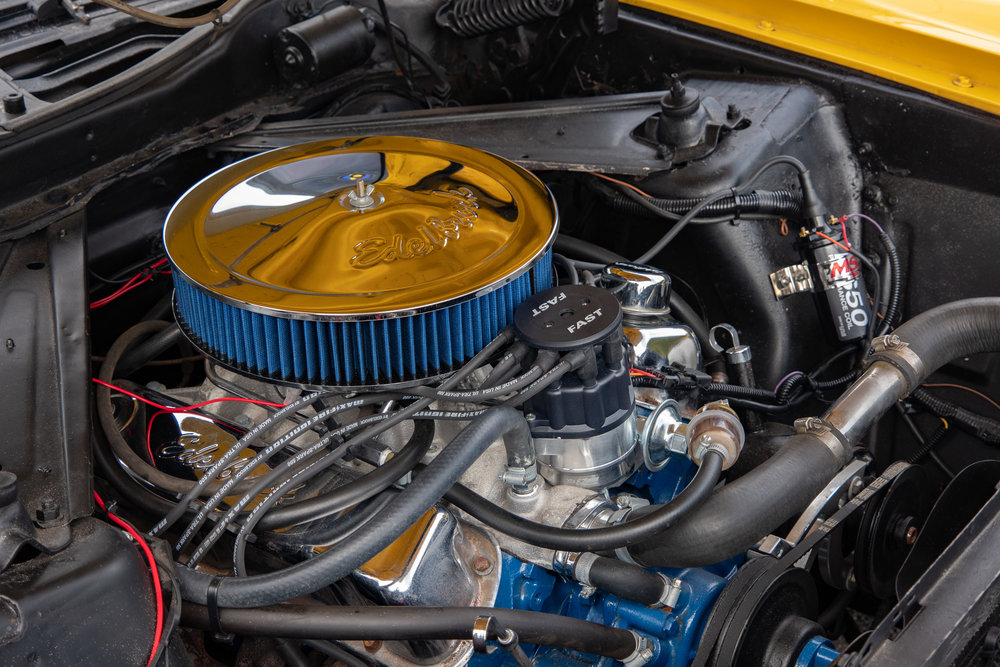
The big advantage of the CL+Vario-Elmar combo over the X Vario is in its versatility. Pop on the 18mm Elmarit or 23mm Summicron and you turn this X Vario replacement into an X1/X2/X replica. It is marginally bigger than the X1, but is about the same size as the 35mm X, especially with the built-in viewfinder of the CL taken into account.
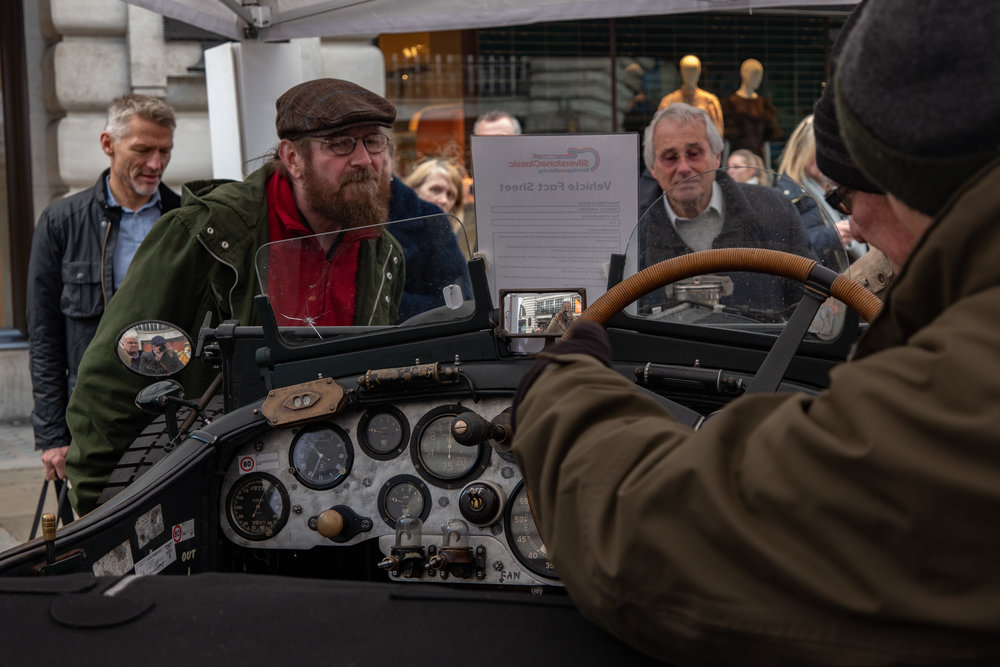
The CL is not the only option if you fancy this lens. The 18-56mm also complements the TL2 admirably and, with the advent of the L-Mount Alliance there is the possibility of more suitable APS-C cameras appearing in the future. The Alliance has opened up the L-mount to the world, and I am excited about the future.
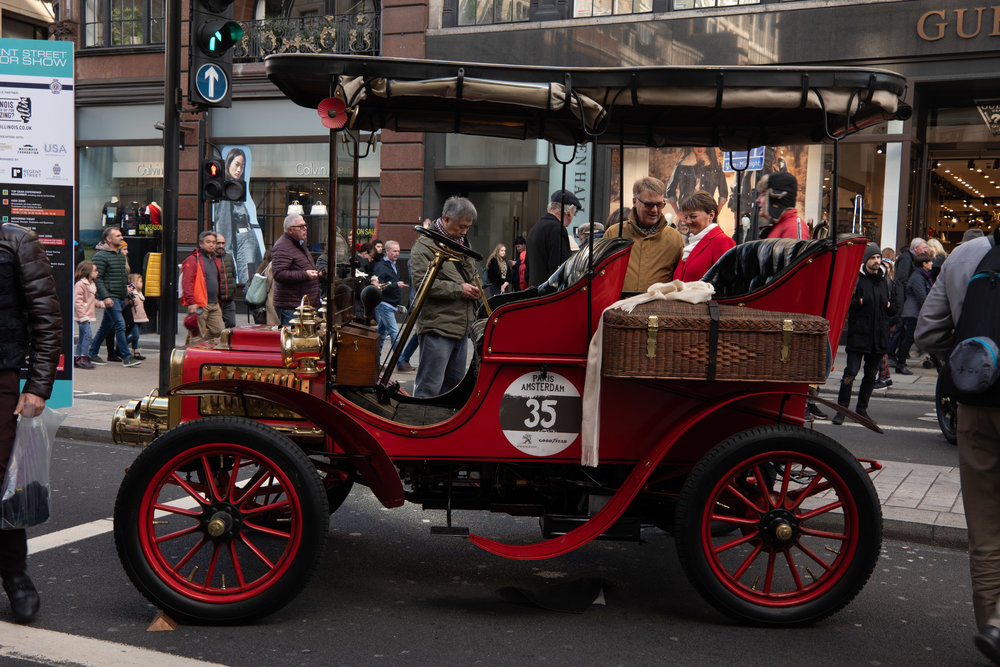
There are just two negative aspects of the Vario-Elmar. First, it has no stabilisation (missing on all TL lenses) but, accordingly to its designer, Peter Karbe, this is a deliberate move to keep down size and weight. Second, I would be happier if the wide end started at 24mm instead of 28mm. It doesn’t seem like much of a difference, but having tried many 24mm+ zooms, I do prefer to have this wider angle at my disposal.

In the meantime, the 18-56mm Vario-Elmar-TL is a great lens and serves as the bread-and-butter option for all Leica’s APS-C offerings. Except in terms of wider apertures for greater subject separation, this lens is not a second-best. You definitely do not feel short changed by any of the TL zooms,
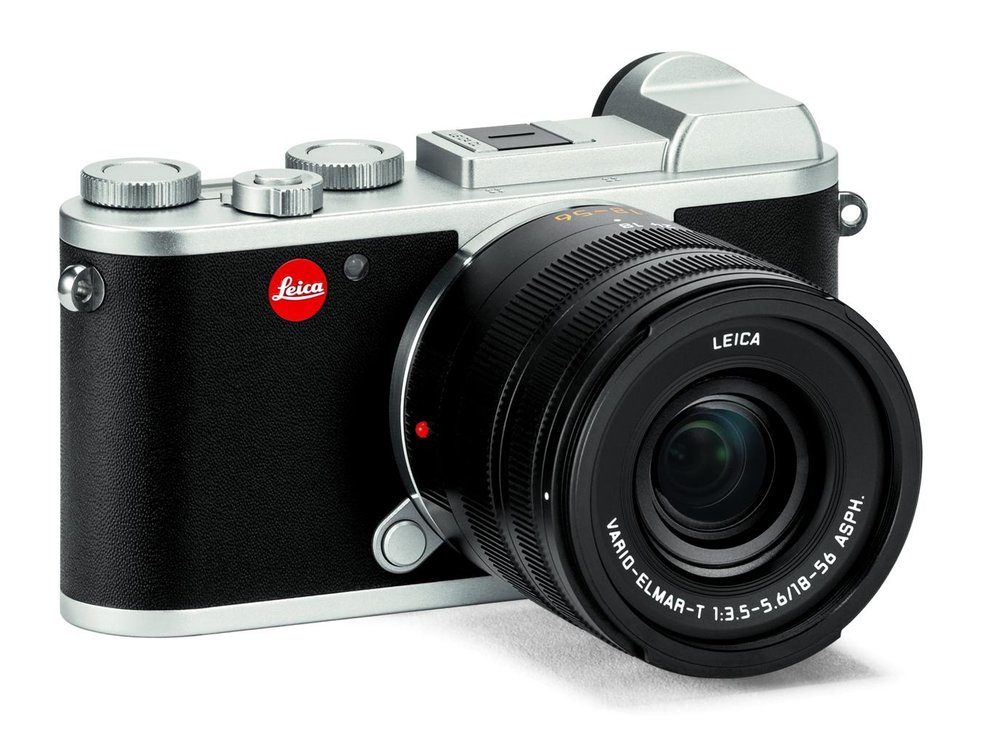
The Vario-Elmar even works on the SL, although addressing only the central part of the sensor, approximately half the available pixels. But it works and will offer results at least as good as those from the X Vario, probably even better. If you own a T or CL camera, though, this is the first lens you should get.

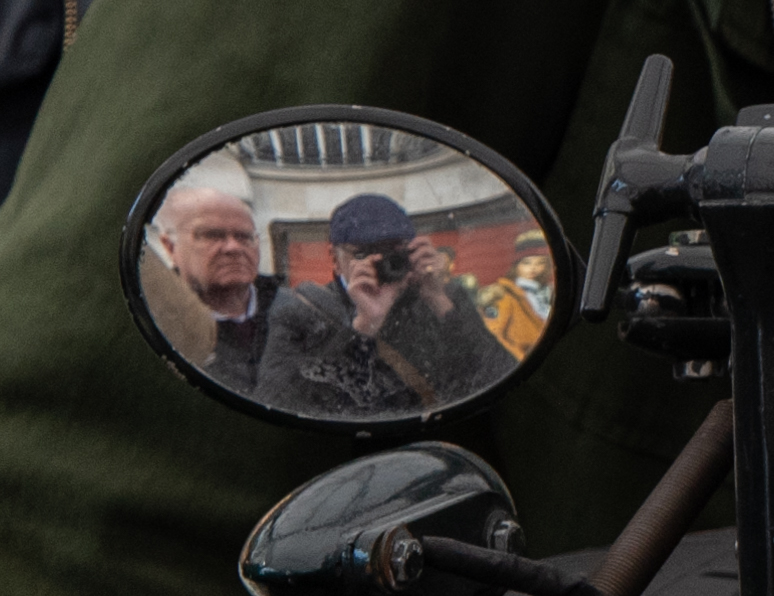
Your pictures reminded me that the Brighton Run was Sunday, which makes me a bit misty. A friend kept a wonderful Peerless in Britain for the Run. That car was a perfect reflection of ‘im. https://www.motorsportmagazine.com/archive/article/december-1992/56/peerless-run-brighton
He had a beautiful Bentley 4 1/2 saloon. Amazing how they raced these: http://www.vintagebentleys.org/articles/0191/
Being in North America, where most things look fairly recent, this was a treat to read this post and enjoy the gorgeous images. I would love to have the Morgan but then I guess I would have to be extroverted out and about!
I enjoyed the photos – most of them from a very different world than I move in! I also enjoy the XVs focal length with the equivalent length. I wonder how the CL handles macro by comparison with the XV 70mm solution? And of course, the CL EVF is built-in but on the other hand not vari-angle. Still, you make a tempting case……..
John, in this regard the X Vario is far superior. Why? I find it limiting and frustrating having to use the wide angle end of the zoom for macro or close-up photography. Add a living insect to the object and it is difficult to retain its interest when probing so close to the subject. Macro as implemented on the XV operates at the tele end of the zoom. I am surprised Leica swapped this with TL lenses. (Perhaps it gives us a clue who else was involved outside Germany}
David, I confess that macro isn’t something I considered when writing this article. But it is a good point, as is John’s comment on the static viewfinder. I agree with that. I find photographing cars, for instance, is easier with the tilting viewfinder of the X2.
I had never thought of that, David, but in practice it is absolutely true. I got a "close-up at a distance" of a dragonfly recently which would have flown away if I’d been fiddling around close to!